An aggressive, isolating animal that likes to control, known for its strength despite its small size, it belongs to a warrior tribe, and was described because the fiercest cat within the world, and a few wildlife experts believe that it's no less dangerous than tigers and cheetahs, although it's more dangerous when it's found in arid deserts.
egyptian lynx "caracal", or wild cat, that little leopard, which the general public calls the monkey hunter, or the flying killer, for its agility during the swoop on prey, is one among the carnivorous mammals, which belong to the feline family, and settles forests, savannas, swamps and deserts, and prefers areas it's a dry, low-rain animal, and it's a widespread animal, you'll see it in some countries of Africa, the center East and Western Asia, even Iran and India, it's called by many names, including the Persian lynx, the African lynx, Umm Rishat, taffeta, and therefore the Lynx caracal, and also Balkakal or gargul or Hug the world.
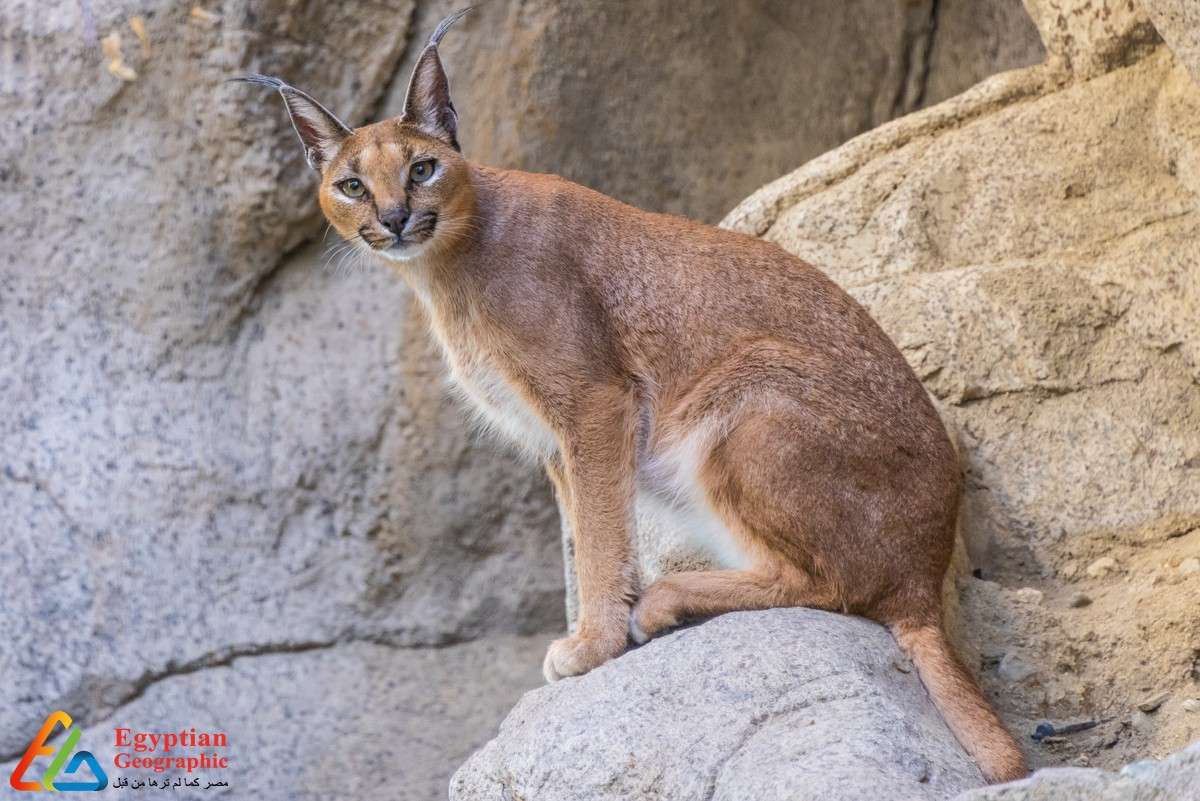
Males of egyptian lynx are distinguished from females in size, the male weighs 18 kg, while the females weigh 11 kg, and also the length reaches 65 cm, and also the length of its tail ranges from 20 cm to 30 cm, and its height at the shoulder ranges from 40 to 45 cm, although it's classified Of feline The small one, except that it's the heaviest and fastest ever, as its speed approximates the adult "Serval", which is thought because the tiger cat, and its black ear that ends with a protracted strand of hair is that the most characteristic of it. Its length reaches 4.5 centimeters, so its names multiplied, so it absolutely was called "Caramel" , I.e. black ears.
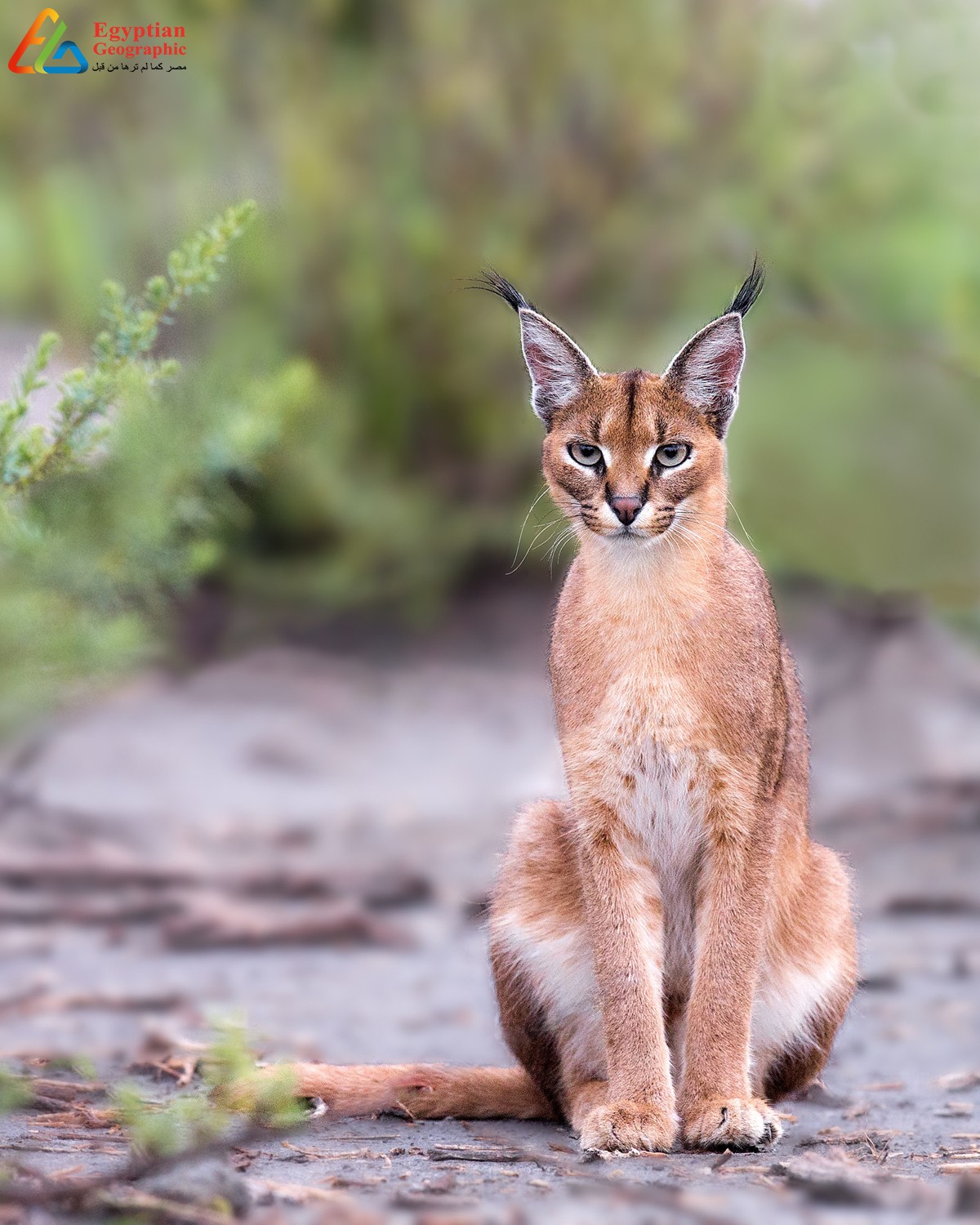
The Egyptian lynx loves the isolation that it imposed on itself, and doesn't like for strangers to enter the positions of its control, although it sometimes lives in pairs, and it's able to live for long periods without water, using the assistance of eliminating its need from the juices it extracts from its prey, it's a nocturnal animal Usually, he hunts during the night, although in cold seasons he hunts during the day, and it's difficult to observe him because of his lightness of movement, so we see him embark of his den and return to him without anyone noticing.

The Egyptian lynx feeds on rodents, hares, and dander, and will attack prey larger than it, like deer, small antelope, monkeys, sheep, and goats, and it also attacks large-sized livestock. He tends to be available from game, as he consumes herbs and grapes to eliminate parasites that hurt his stomach, and sometimes he eats lizards, snakes and insects, but his diet depends 80% on mammals.
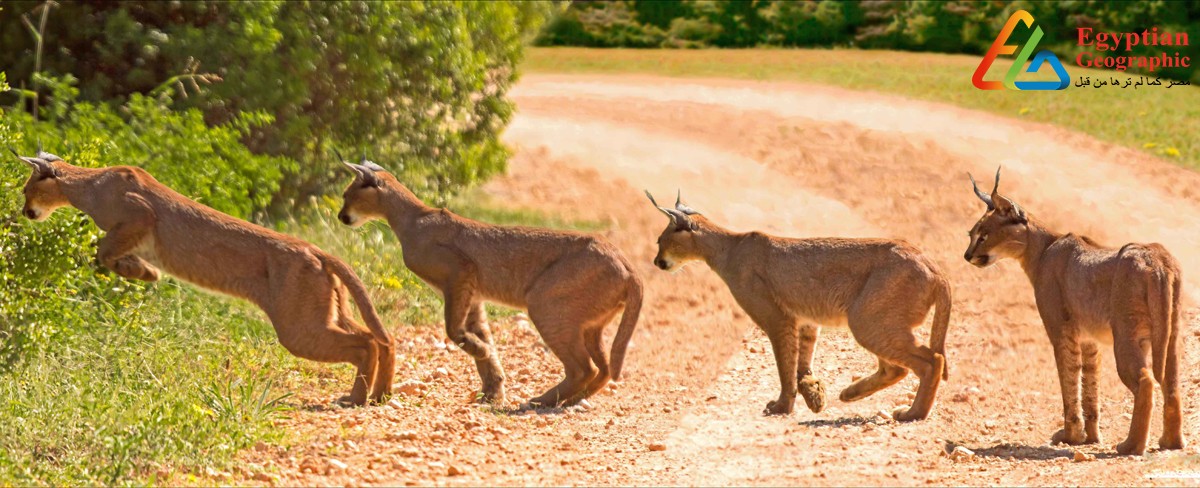
One of the surveys conducted in 1989 in city, African nation, revealed that he was chargeable for the elimination of roughly 5 cattle per 100 square kilometers each year. Therefore, farm owners kill the lynx in revenge for his or her livestock, although since 1996 the ban on hunting it began. In Egypt, Algeria, Afghanistan, India, Iran, Israel, Jordan, Kazakhstan, Lebanon, Morocco, Pakistan, Syria, Tajikistan, Tunisia, Turkey, Turkmenistan and Uzbekistan, however, some countries like Namibia and Republic of South Africa recognize that it's a "problem animal" and permit hunting it to guard livestock.

egyptian lynx deals with its hunting in a very different way than other carnivores, because it doesn't eat all the prey, but rather extracts the meat from the outer fur, so it can cut the meat and take away it from the skin with extreme precision in order that it doesn't mix with hair The prey also doesn't comparable to its intestines and internal organs, and despite that it eats the feathers of small birds that it catches and may eat rotten meat.
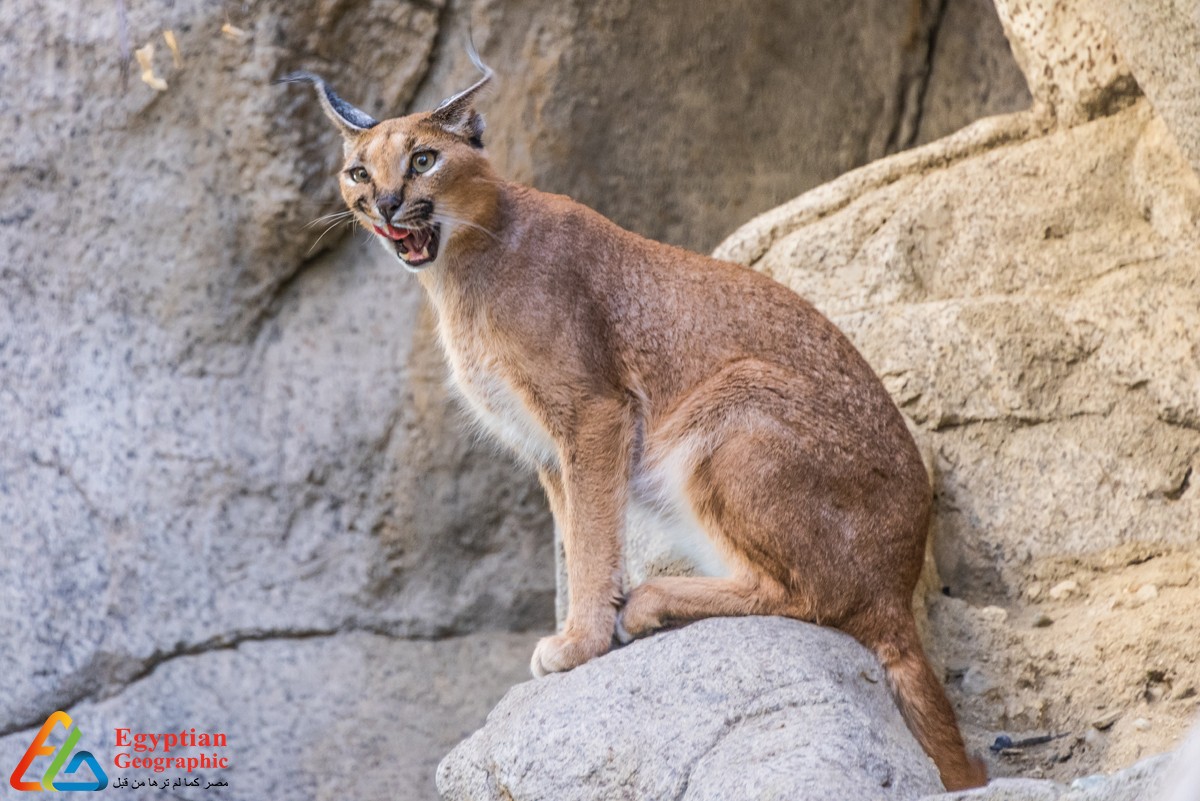
His speed and agility made him ready to hunt birds while within the air, the strength of his hind legs allowed him to leap over 3 meters within the air, and his lightness made him able to change the direction of his attacks in line with the movement of birds within the air, and he also followed his take advantage of trees, so he's able to climb more From 5 meters, as for giant prey, like an antelope, it swiftly attacks and grabs its canine-like fangs on its neck from the rear, so it suffocates and dies instantly, then pulls it to its favorite place to require it calmly.

egyptian lynx becomes fully sexually mature when it reaches a year of its age, and therefore the female coexists with the male until the top of intercourse, then separates, and therefore the pregnancy of the feminine continues between two and three months, so puts her pregnancy either within the midst of dense vegetation, or in deserted burrows, and she or he gives birth from one to 6 Cats, their young are born with eyes and ears closed for a period of 10 days, and their claws remain non-retractable for a period of 21 days, and that they hunt their first at the age of three months, and also the juveniles leave their mothers during a period ranging between nine and ten months, although some females remain with Their mothers, the common lifespan of a lynx in captivity is approximately 16 years.
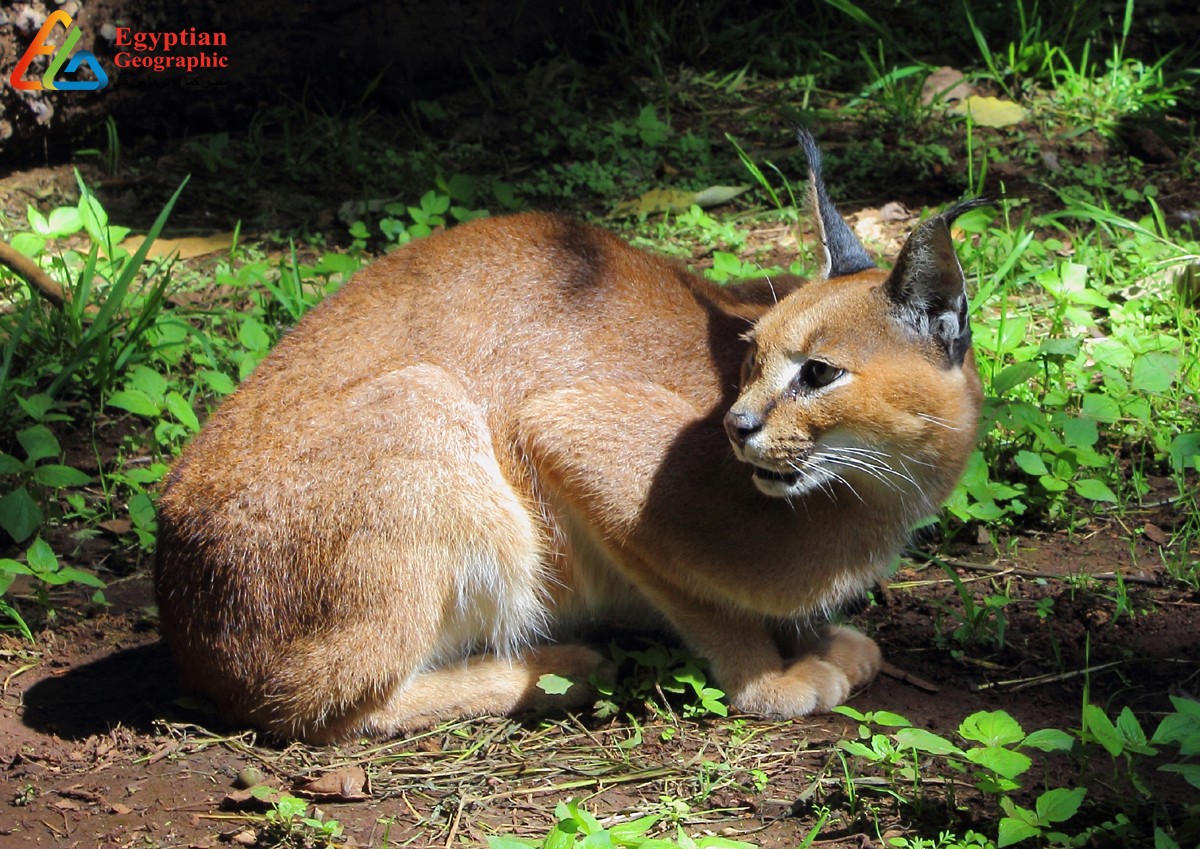
There are 9 subspecies of Lynx, 7 of them are within the African continent, the Anakia strain called "Caracal", which spreads in eastern, central and southern Africa, the Algerian strain called the Algerian Lynx, which spreads in North Africa, and also the Namibian strain, which lives in Namibia, and also the Botswana dynasty that lives in Botswana, the Gabonian dynasty that lives within the state of Gabon, and also the Nubian dynasty referred to as the Nubian Lynx, which is spread in Abyssinia, Sudan and a few neighboring countries, additionally to the Nigerian strain that spreads in West Africa.
There are two strains of this animal within the continent of Asia, which is that the Turkestan strain called the Turkestan Lynx, that endangered strain resides in Turkistan in Central Asia, and therefore the Levantine strain called the Lynx Saharan Arabia, which is spread in Palestine, Lebanon, Syria, Jordan, Iran, Iraq, Anatolia, India, and within the peninsula.

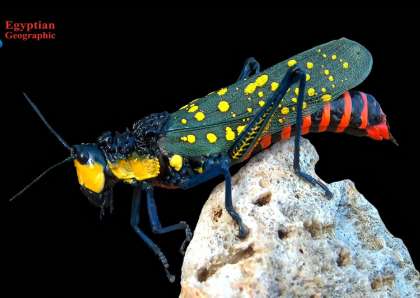
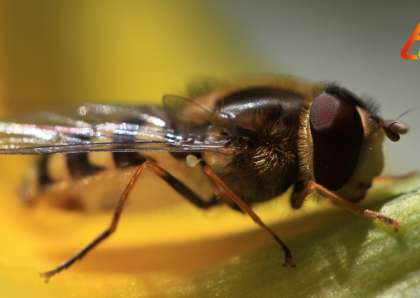
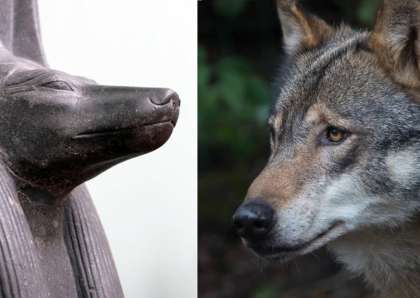


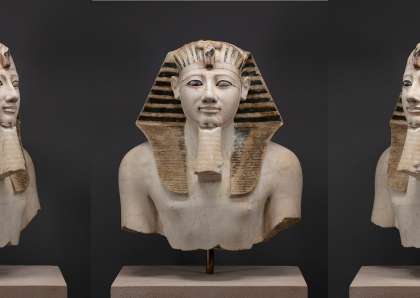


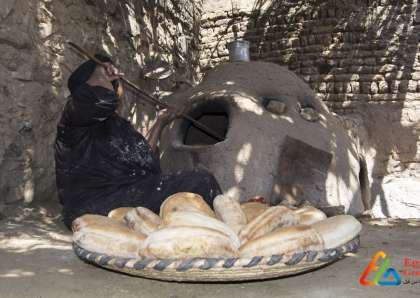













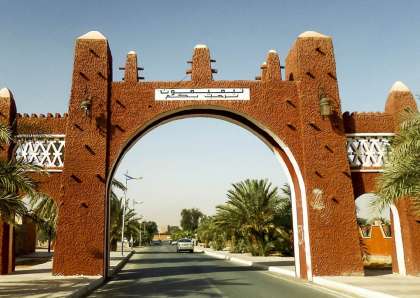


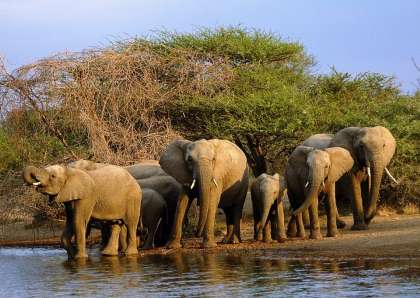
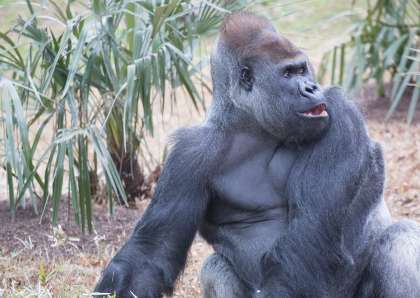
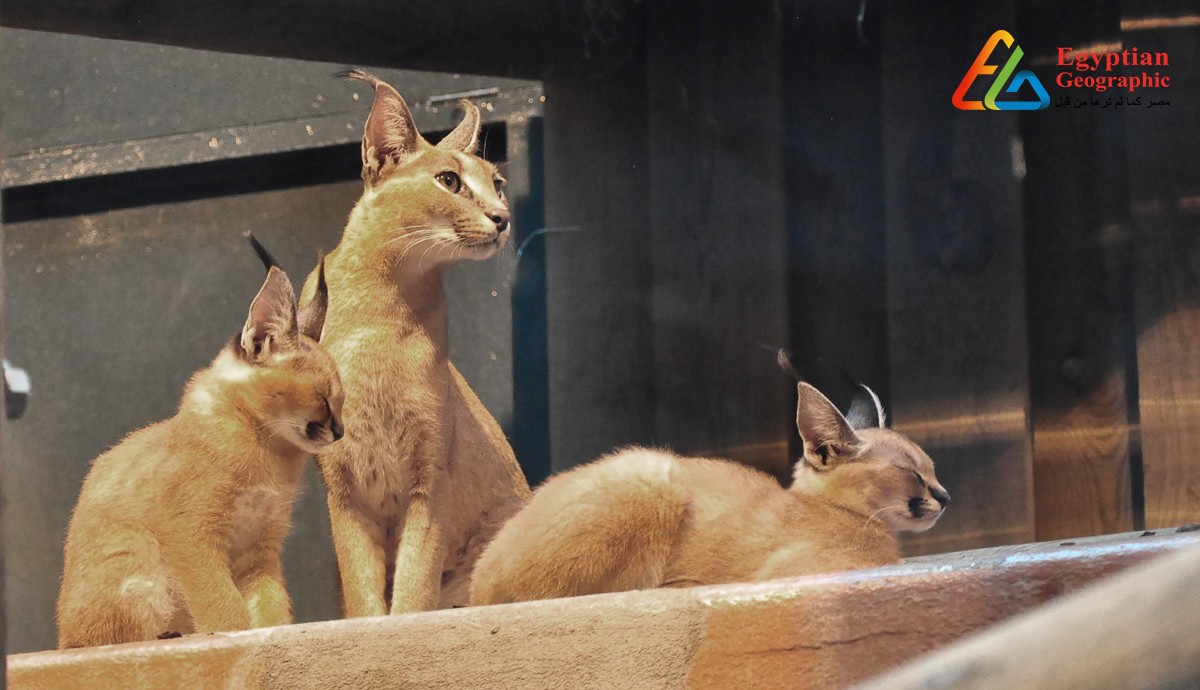











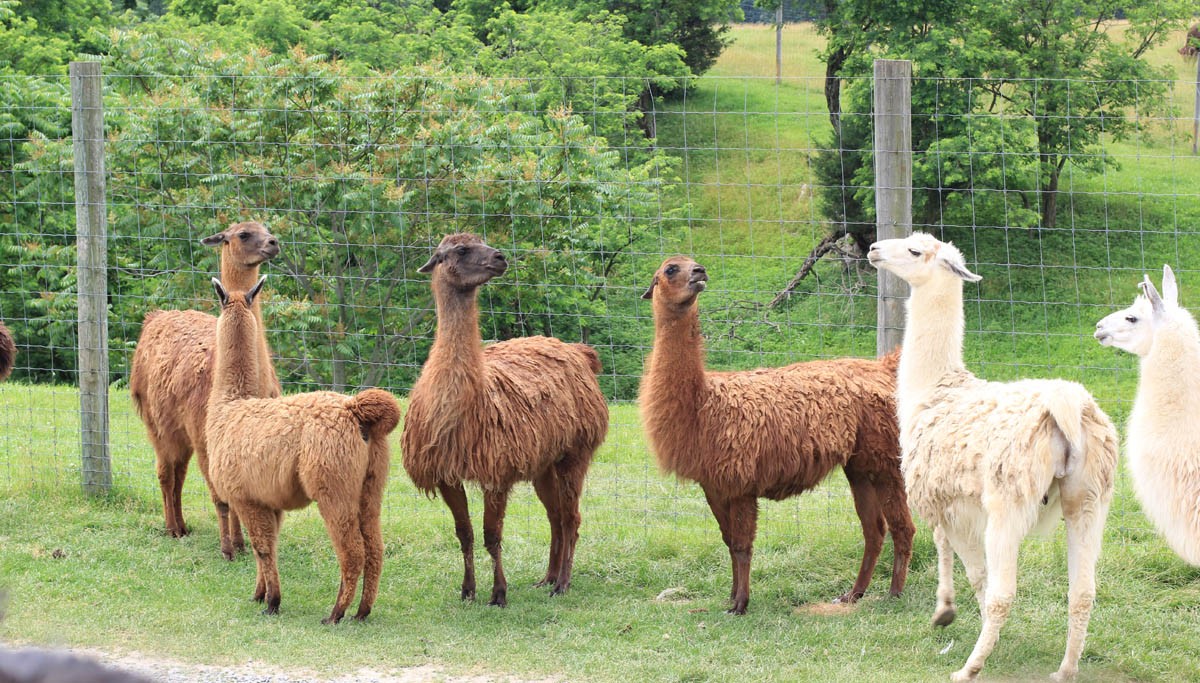







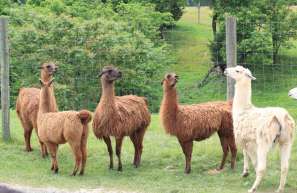







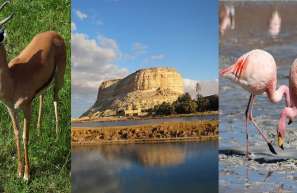
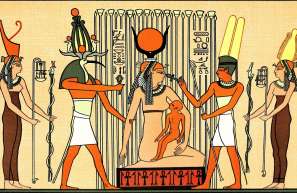









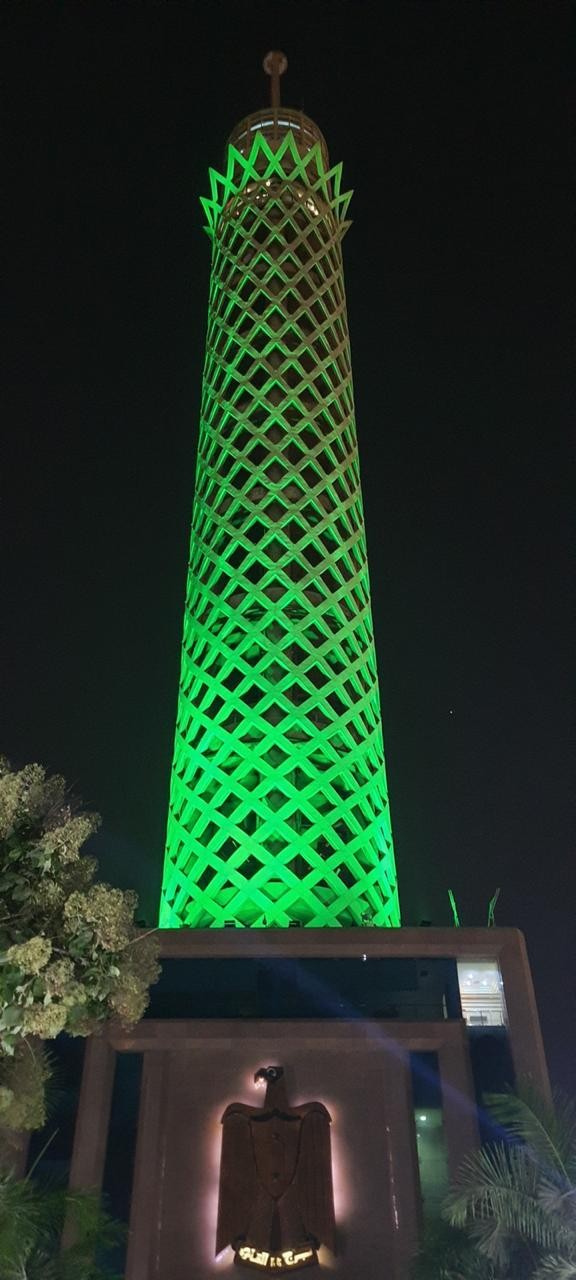
Egyptian Site & magazine